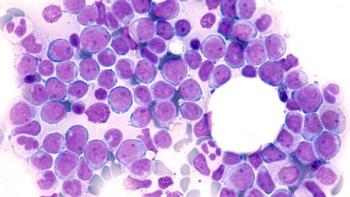
University Researchers Identify New Additive Manufacturing Method for 3D Printed Medicines
Researchers from the United Kingdom, have identified a new additive manufacturing method that enables the 3D printing of medicine in highly porous structures.
Researchers from the University of East Anglia (UEA) and Loughborough University, in the United Kingdom, have identified a new additive manufacturing method that enables the three-dimensional printing of medicine in highly porous structures.
According to a May 3, 2021 press release, the 3D printed drugs with highly porous structures can be used to regulate the rate of drug release from the medicine to the body when taken orally. The team, which was led by Sheng Qi, a reader in Pharmaceutics at UEA’s School of Pharmacy, investigated a newly developed 3D printing method that can rapidly produce porous pharmaceutical tablets without the use of filaments.
The results of the research highlighted that through varying the size of the structures pores, the rate of release of the active ingredient into the body can be controlled. However, further research is required to determine how the structure porosity can be used to tailor the dose and dosing frequency to each individual patient. Additionally, the team will look at ways of creating a ‘poly-pill’, a single pill incorporating multiple medicines, for patients that are on complex regimens.
“Currently our medicines are manufactured in 'one-size-fits-all' fashion. Personalized medicine uses new manufacturing technology to produce pills that have the accurate dose and drug combinations tailored to individual patients. This would allow the patients to get maximal drug benefit with minimal side effects,” Qi said in the press release. “Such treatment approaches can particularly benefit elderly patients who often have to take many different types of medicines per day, and patients with complicated conditions such as cancer, mental illness, and inflammatory bowel disease.”
The research has been published in the International Journal of Pharmaceutics.
Source:
Newsletter
Get the essential updates shaping the future of pharma manufacturing and compliance—subscribe today to Pharmaceutical Technology and never miss a breakthrough.




